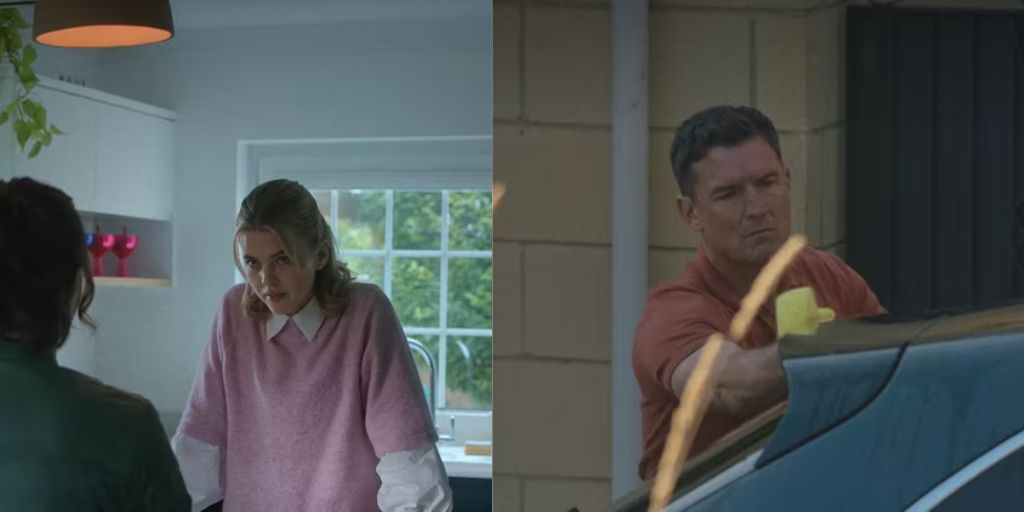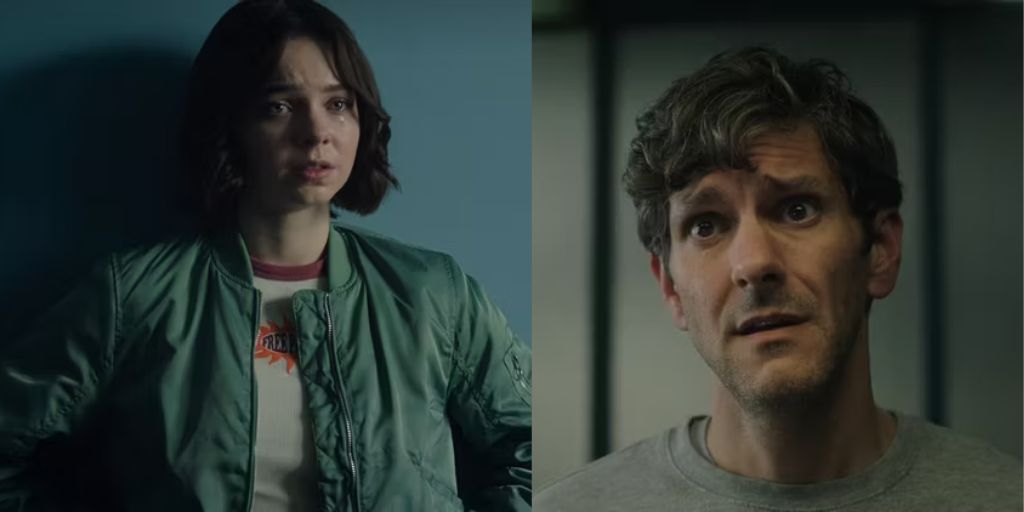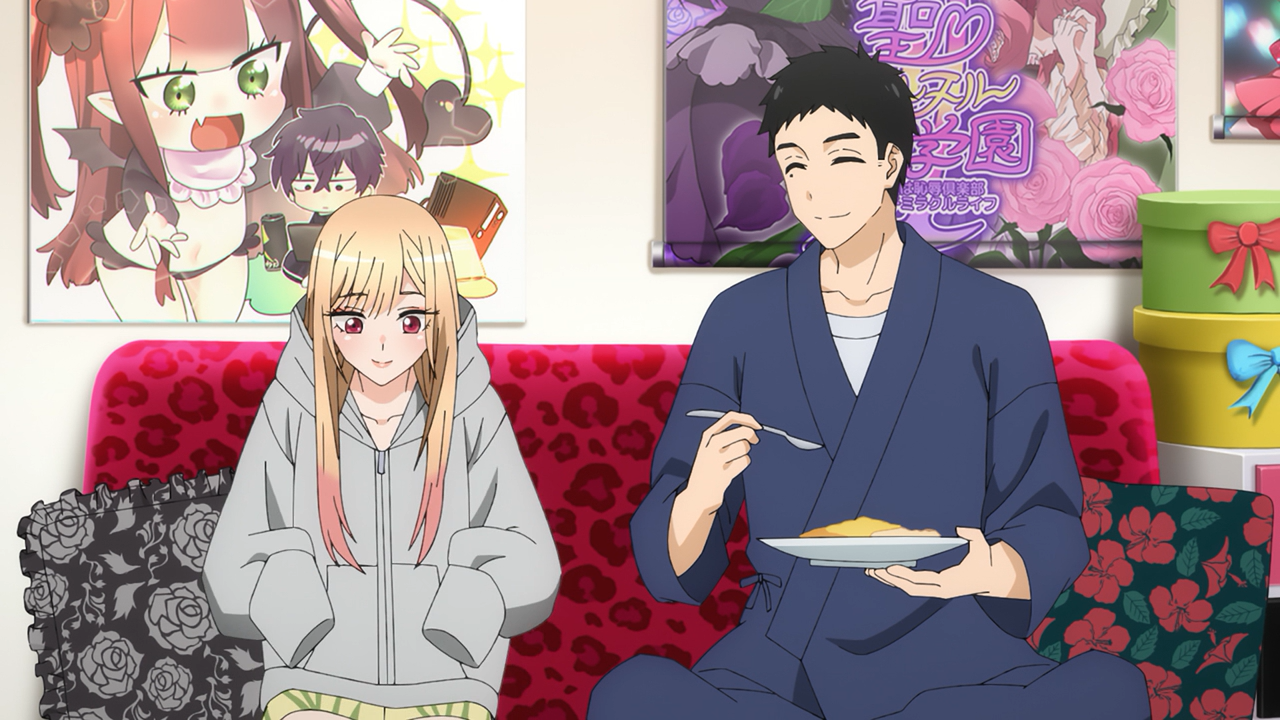Like most murder mysteries, A Good Girl’s Guide to Murder follows a familiar story pattern. Based on Holly Jackson’s novel, Netflix’s new hit series sticks to the usual mystery conventions. It starts with Emma Myers’ amateur detective, Pip Fitz-Amobi, looking into an old murder case in her hometown, Little Kilton.
As Pip investigates, she questions old alibis, uncovers hidden secrets, and makes new discoveries that challenge previous beliefs about the crime. The show ends by revealing a suspect no one in town expected, but it also cleverly hides the real villain in plain sight.
The main mystery centers on the disappearance of Andie Bell (India Lillie Davies), a high school senior who was supposedly killed by her boyfriend, Sal Singh (Rahul Pattni). According to the story, Sal killed himself out of guilt for the crime.
However, since Andie’s body was never found and Pip knew Sal to be kind, she doubts the police’s version of events. She teams up with Sal’s brother, Ravi (Zain Iqbal), to clear the Singh family name. Together, they dig into the dark side of Little Kilton, uncovering secret boyfriends, incriminating texts, and online posts that lead them to the real murderer.
Who Really Killed Andie Bell in ‘A Good Girl’s Guide to Murder’?
For fans of mystery stories, it’s no surprise that the police blamed the wrong person for Andie’s murder. After Sal and Andie’s friends admit they were blackmailed into making Sal look guilty, Sal is cleared as a suspect in Pip’s eyes. Instead, a series of threatening texts and personal threats direct Pip to the house where Andie lived.
The ending reveals that Andie’s true killer is actually her sister, Becca Bell (Carla Woodcock). Becca tries to dispose of Pip’s body in the same well where she had previously dumped Andie, but Ravi and Pip’s best friend, Cara (Asha Banks), stop her.
Becca’s reasons for murdering Andie are complex. The series shows that Becca, who was drugged and assaulted by Little Kilton’s bad boy, Max Hastings (Henry Ashton), is furious to find out Andie sold drugs to Max.
Becca’s anger is also linked to Andie’s plan to run away with Sal, leaving Becca feeling more isolated. This moral complexity adds depth to the characters and their actions.
‘A Good Girl’s Guide To Murder’ Really Suffers From the Sins of Its Fathers
In mystery shows like A Good Girl’s Guide to Murder, the blame for the central crime usually falls on the killer revealed at the end. However, in this case, Becca’s actions are more understandable given her circumstances. She is not the only one at fault; the show highlights how the adults in Little Kilton also play a significant role in the tragedy.
Cara’s father, Elliot Ward, confesses to Pip that he killed Sal to hide his own involvement in Andie’s death. He had an inappropriate relationship with Andie and blackmailed her friends to frame Sal. Ward’s actions prevented the police from discovering the truth.
Andie had also asked Ward for money to run away with Sal, leading Ward to kill her in a fit of rage. This injury made it easier for Becca to kill her sister during their final confrontation.

Jason Bell, Andie, and Becca’s father, is not shown physically abusing his daughters but creates a toxic environment that drives them to dangerous situations. His controlling nature pushes Andie towards a harmful teacher and makes Becca feel trapped, leading to the tragic outcome.
The Real Villains of ‘A Good Girl’s Guide To Murder’ Point to the Deeper Problem in Little Kilton
The actions of both fathers show that Becca is not solely responsible for her sister’s death. Their behavior also highlights a deeper issue in Little Kilton: the problem of violent masculinity. Mr. Ward and Mr. Bell’s attempts to protect their daughters end up causing them great harm.
Jason’s control drives Andie into dangerous situations, while Mr. Ward’s actions contribute to the cover-up of the truth.
The series reveals a troubling aspect of Little Kilton’s community, where abusive behavior goes unchecked and powerful men hide their misdeeds. A Good Girl’s Guide to Murder not only exposes the real villain in Becca but also points to the men who made her actions possible.
Pip’s confrontation with Max in the final episode suggests that there is still hope for Little Kilton to address its deeper issues.




